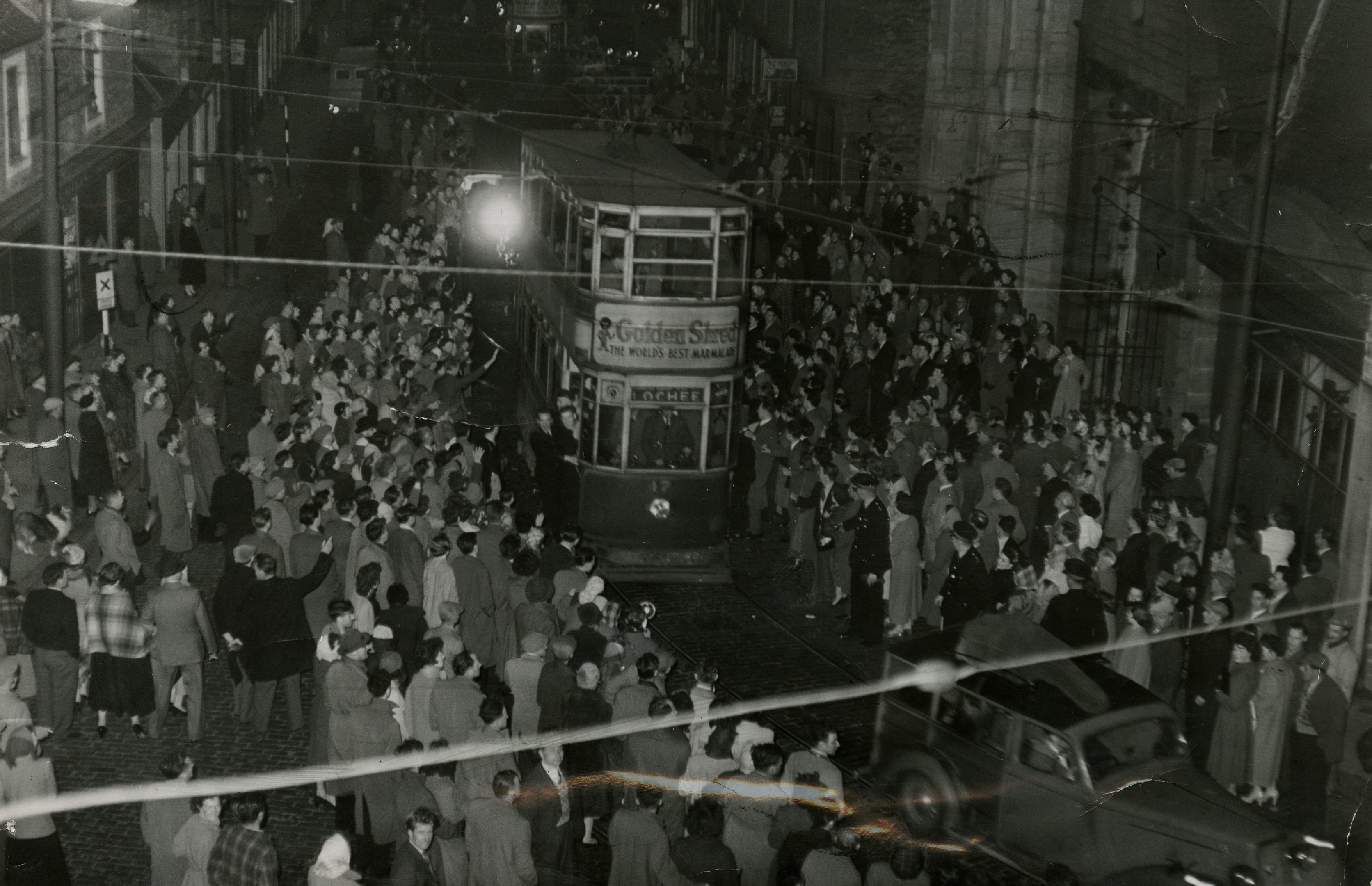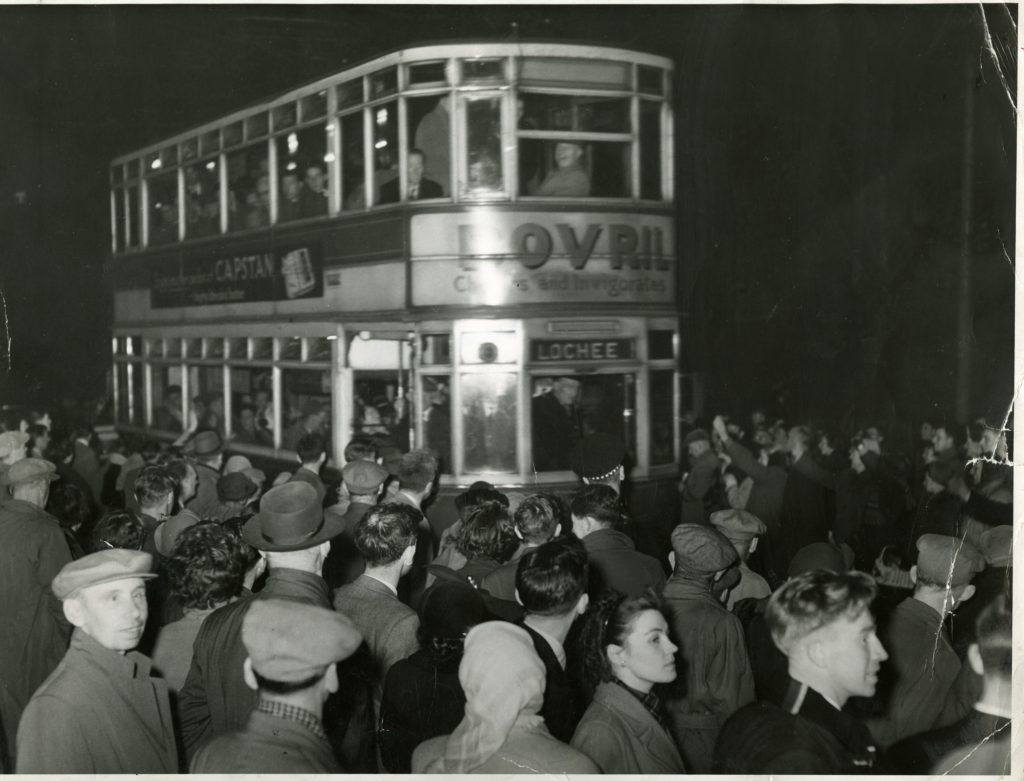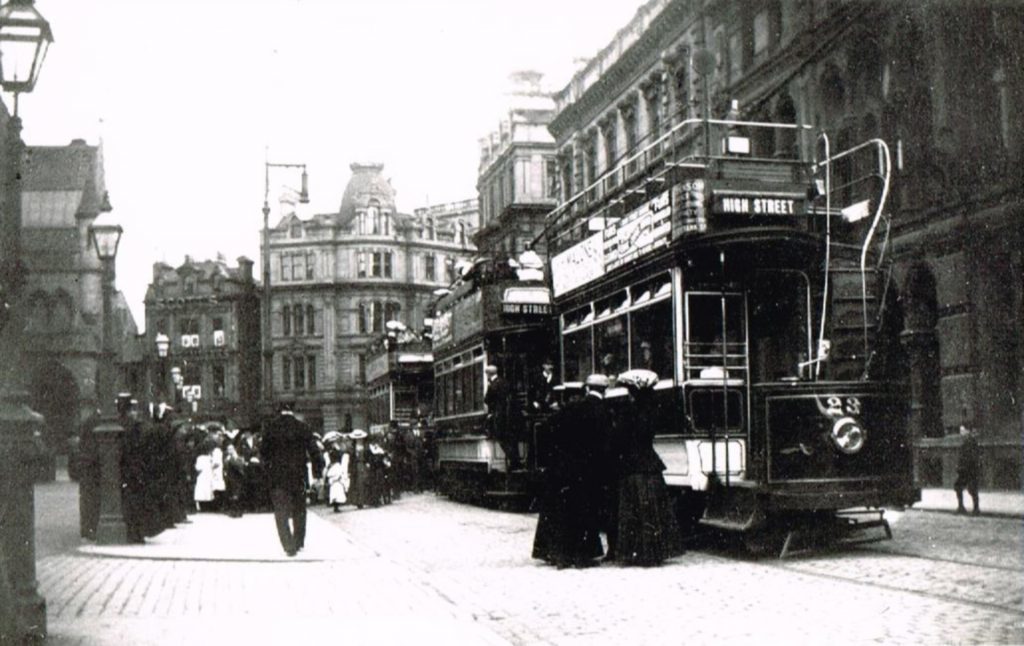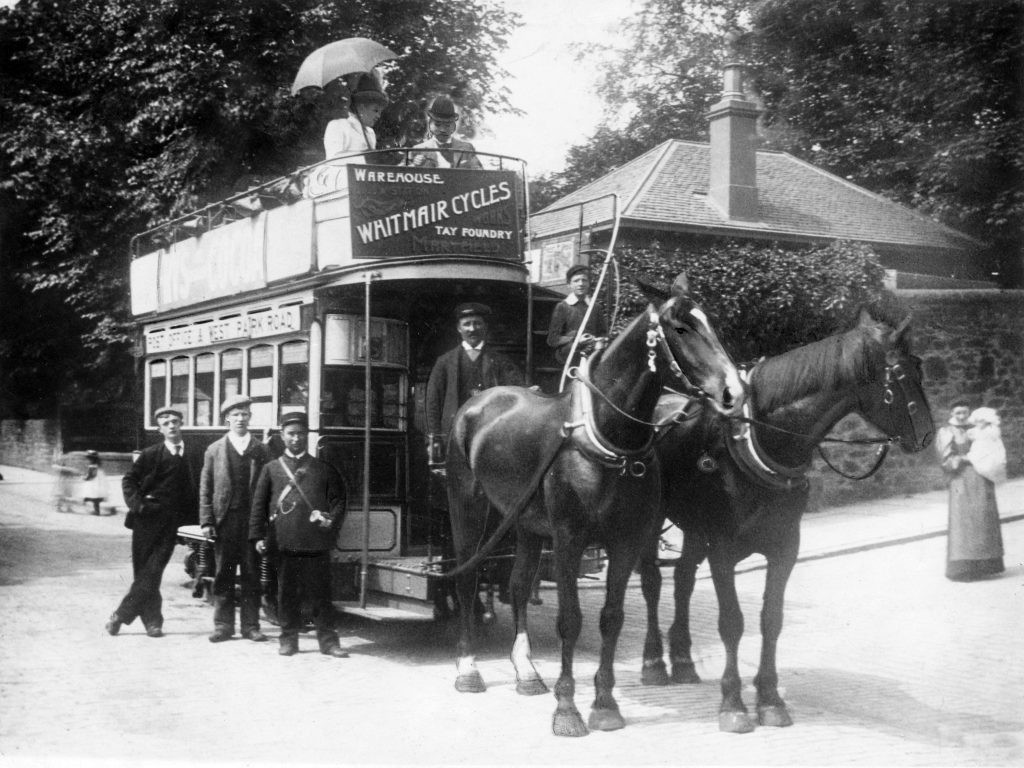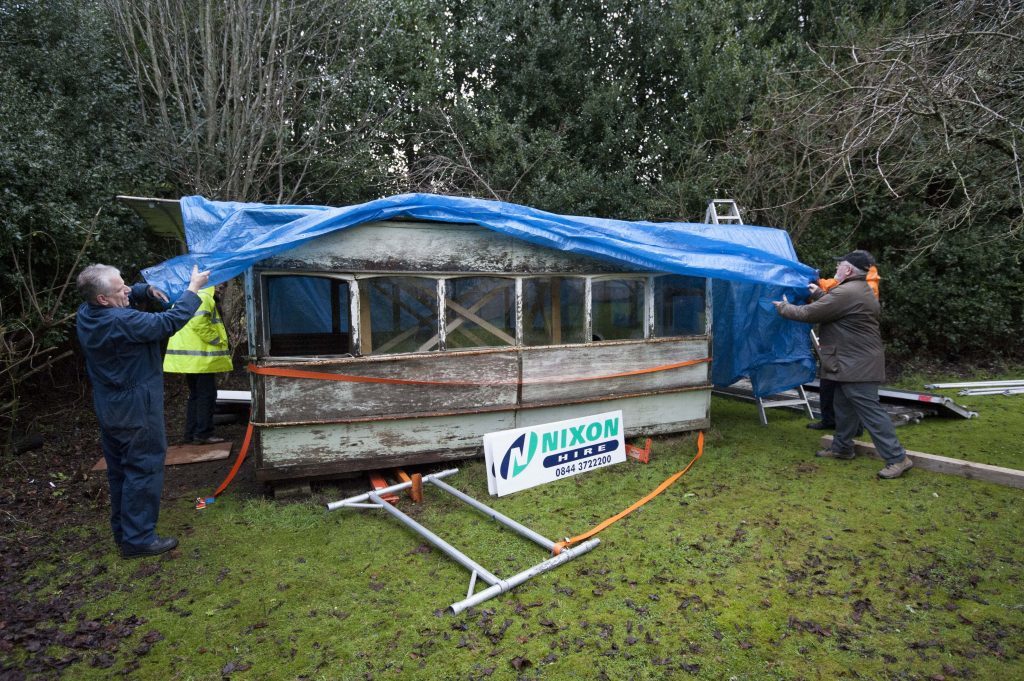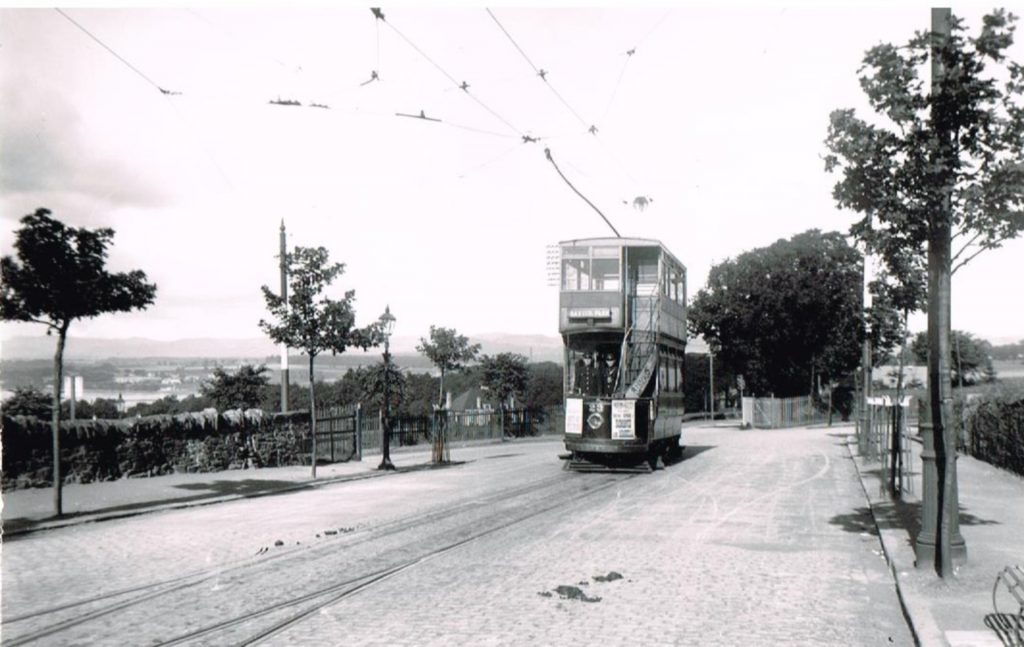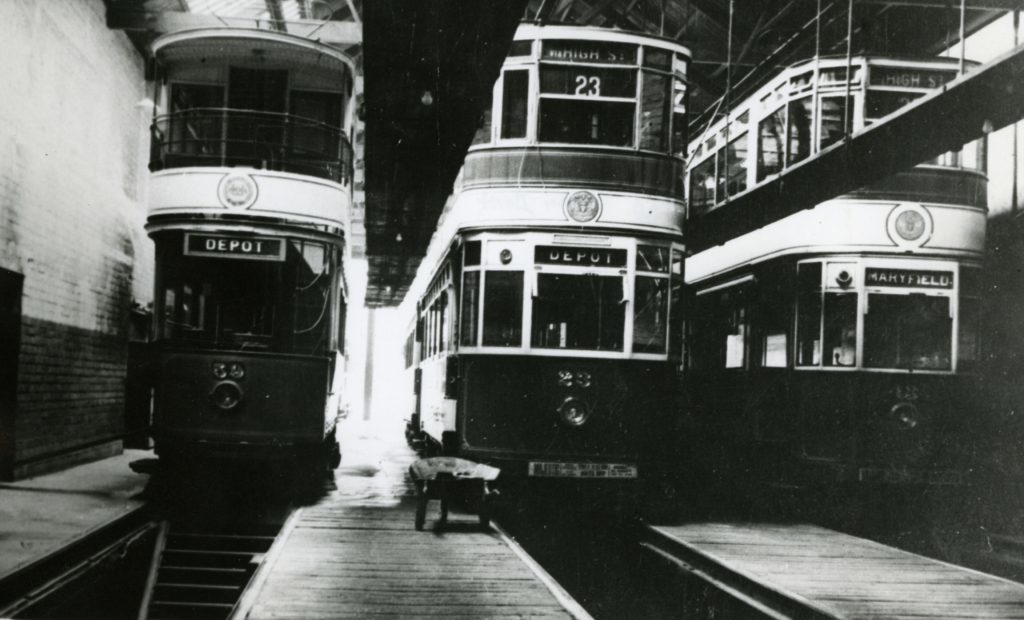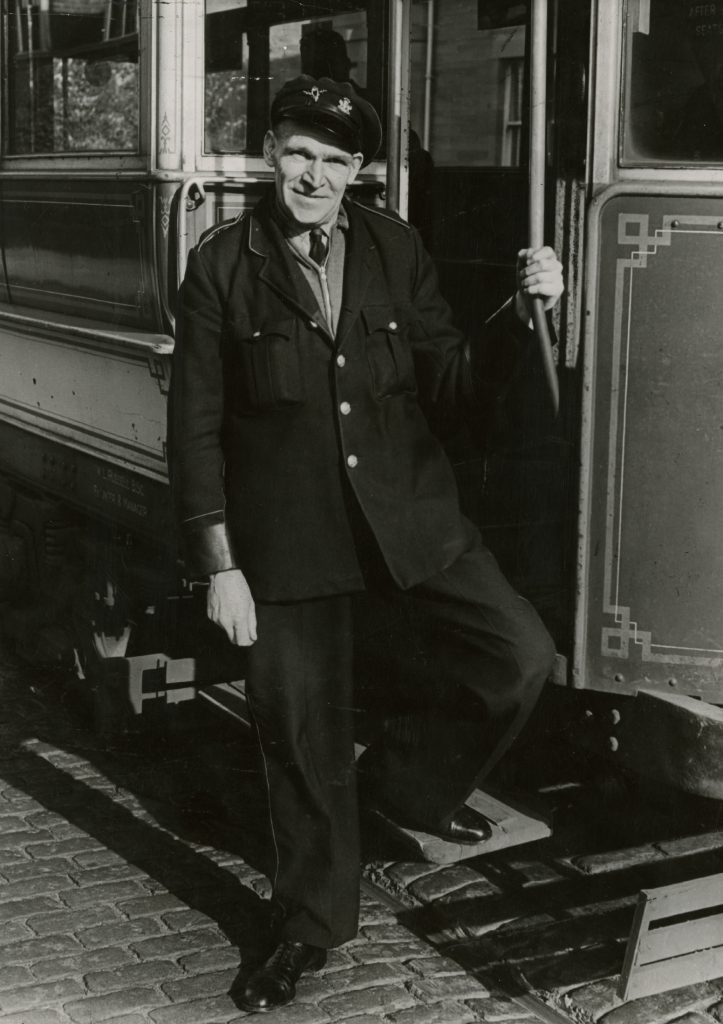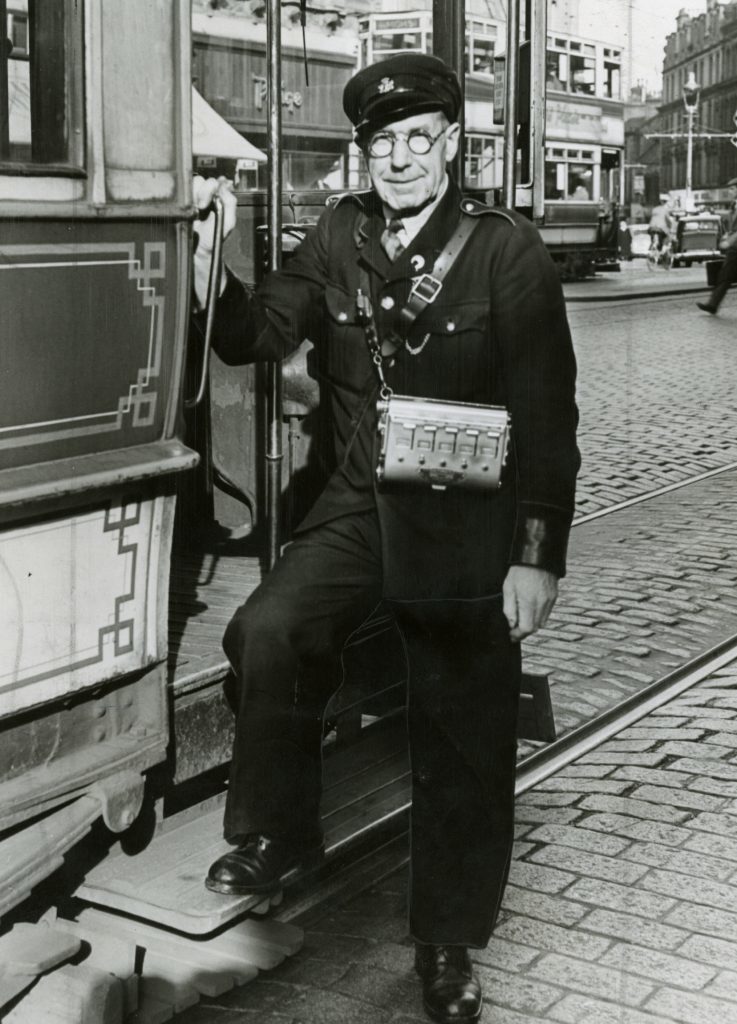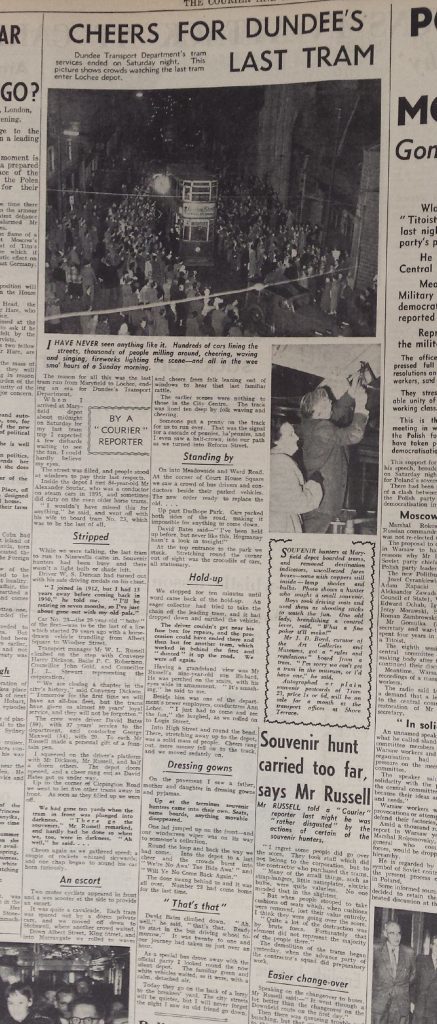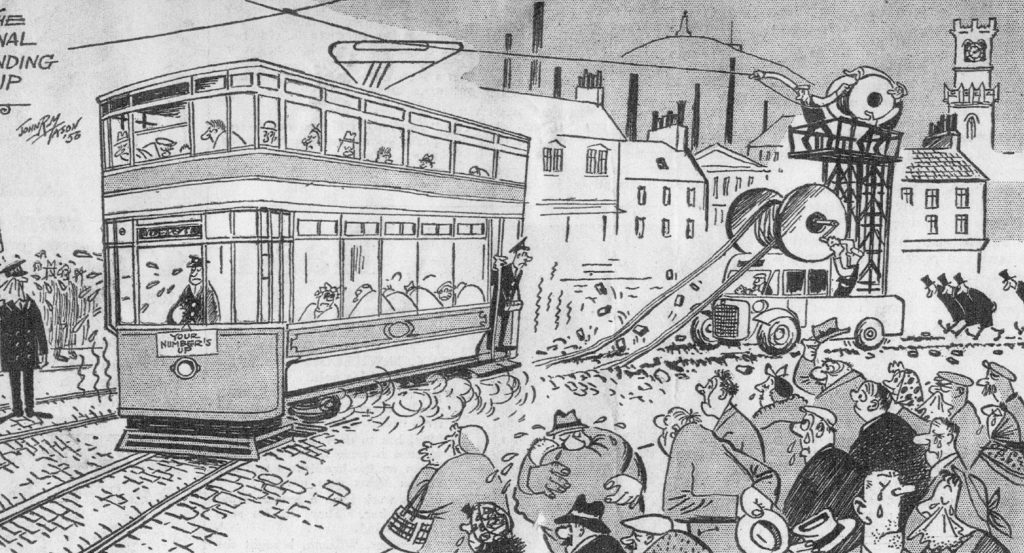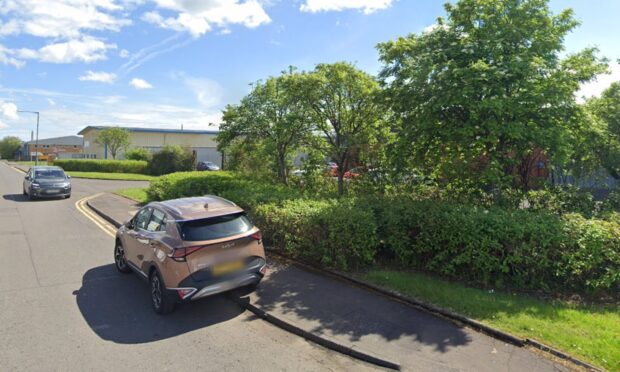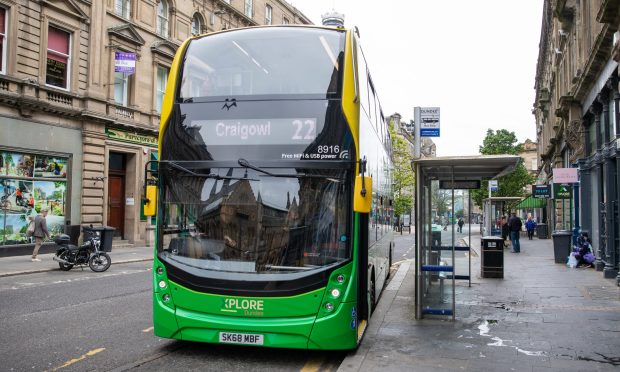At one minute past midnight on October 21 1956, Dundee’s last tram made its final journey, drawing a chapter of Dundee’s transport history to an emotional end .
A Courier reporter witnessed rousing scenes in Dundee’s streets rivalled only by those seen on Hogmanay.
“I have never seen anything like it,” he wrote. “Hundreds of cars lining the streets, thousands of people milling around, cheering, waving and singing, fireworks lighting the scene – and all in the wee sma’ hours of a Sunday morning.”
The reason for the mayhem was the last tram run from Maryfield to Lochee – Car No. 23, the 39-year-old “baby” of the fleet, the last of a line which started 79 years previously with a horse-drawn vehicle trundling from Albert Square to Windsor Street.
“In the evolution of Dundee’s urban transport, horse-drawn carriages gave way to steam propelled cars in 1877, which were superseded by electric trams in 1900, which in turn met a fierce rival in buses,” explains historian Norman Watson.
According to a sixpenny booklet published in 1936 the town’s trams, in their smart green and cream livery, were “lovely electrically-driven and electrically lit cars de luxe which we can now enjoy with so ample accommodation both inside and on the saloon on top, where one can smoke in comfort – having first, of course, asked permission from any ladies who have ventured to climb the ‘smoking room’.”
“At their peak in the 30s, 79 tramways were in operation around the city,” Norman continues. “But mid-20th Century Dundonians considered trams old fashioned, costly to run, too slow and an impediment to the growing volume of other traffic.
By 1880 Dundee and District Tramways Company opened routes to Lochee, Stobswell and Baxters Park, all key areas of the large manufacturers in the city.
Sam Bannerman, manager of Dundee Museum of Transport – which houses one of the last of the horse-drawn trams – explains that these trams were far from ideal.
“Two major limitations were the costs of keeping the horses and, particularly relevant to Dundee, the horses’ difficulty in scaling hills,” she says.
In 1899 Dundee Corporation bought out Dundee and District Tramways Company and a service of electric cars was launched on the Perth Road route in June 1900 and by 1902 both horse and steam trams across the city were replaced.
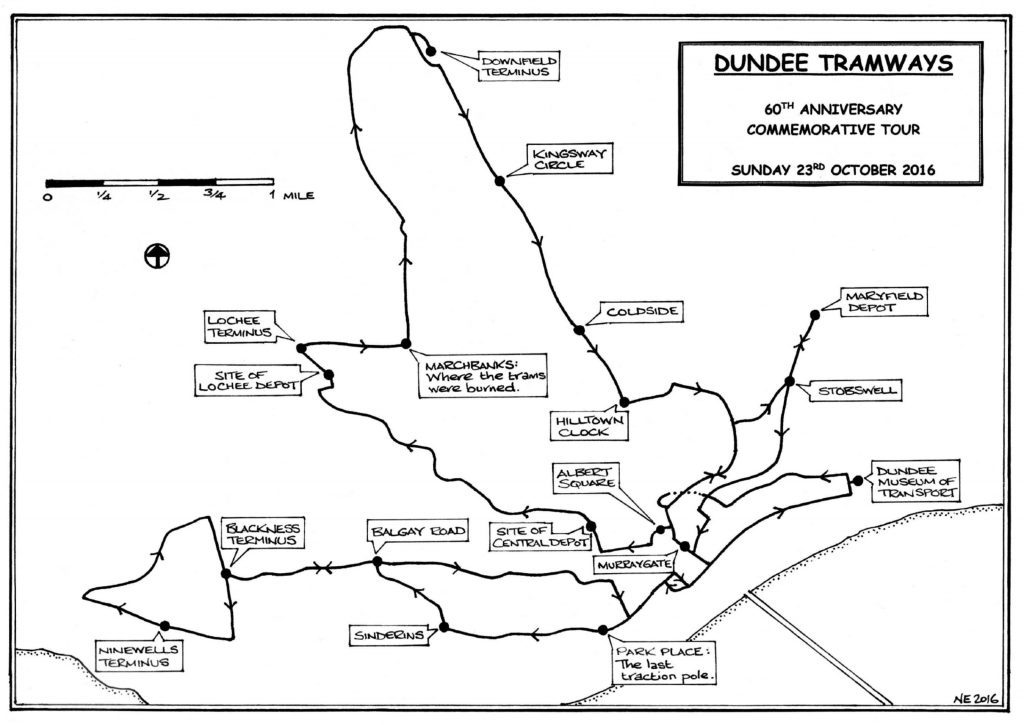 “Over the decades, the tram routes were expanded in line with the expansion of the city and the peak of the tram network was in 1932 but by 1951, many of the trams had not been updated and at least a third of the stock was over 50 years old,” says Sam.
“Over the decades, the tram routes were expanded in line with the expansion of the city and the peak of the tram network was in 1932 but by 1951, many of the trams had not been updated and at least a third of the stock was over 50 years old,” says Sam.
“In addition the city limits had extended beyond that of the tram route and the future of public transport in Dundee lay with buses.”
A study led by transport consultant Colonel R McCreary showed that the cost of trams compared with bus service was 26.700 and 21.204 pence per mile, respectively, and that 95% of daily passengers preferred buses to trams.
As a result, he advocated abandoning the tramway system.
In October 1956, the last trams were taken out of service and on the evening of October 20, 1956 more than 5,000 people, many souvenir hunting, witnessed Car No. 23’s final journey to go to the Lochee depot, accompanied by the moving strains of We’re No Awa’ Tae Bide Awa’ and Will Ye No Come Back Again.
The Courier reporter at the time observed: “No. 23 had come home for the last time. Driver David Bates said: ‘Ah well, that’s that. Ready to start in the bus driving school in the morning.’”
All remaining cars were reduced to scrap by burning – a sad end to a transport system that had kept Dundee on track for nearly 80 years.
His one and only ride on a tram, at the age of five, left a lasting impression on Graham Martin-Bates, senior archivist at the Scottish Vintage Bus Museum in Dunfermline, “We lived in Perth but because my parents knew the trams were soon to be withdrawn, I was taken on a day trip to Dundee and had a ride on one – they had real character.”
Graham has a cartoon depicting the last tram’s journey: “The tram driver, inspector and members of the public are in tears and consoling each other,” he says.
“At least one man is raising his hat in respect for “the deceased” and where the tram fleet’s number should be are the words ‘Your number’s up’ as city dignitaries follow behind with their bodies stooped in mourning.”
Jim McKellican, a retired GP from Newport-on-Tay, remembers the trams well from his schooldays.
“In those days I lived in Blairgowrie and if you missed the train from West Station back home you could catch the tram to Downfield or Lochee station and pick up the train to Blairgowrie with time to spare,” he recalls.
Did you know…?
Many schoolchildren used to insert a penny between the tram line and the road just before a tram passed the end result was a souvenir bent penny and many people did this on the night of the last ever tram run.
Did you ever wonder why a bus conductor gives two rings to the driver to set off?
It is because there’s a national code for bus bells:
1 ring – stop at next stop
2 rings – ready to start
3 rings – carry on at next stop, bus full
4 rings – stop, emergency
Info
Dundee Museum of Transport has created a new tram display of objects and photographs and, in association with the 749 club, the museum will be running a special bus tour of the tram routes on Sunday October 23. Booking is essential. T: 01382 455196.
